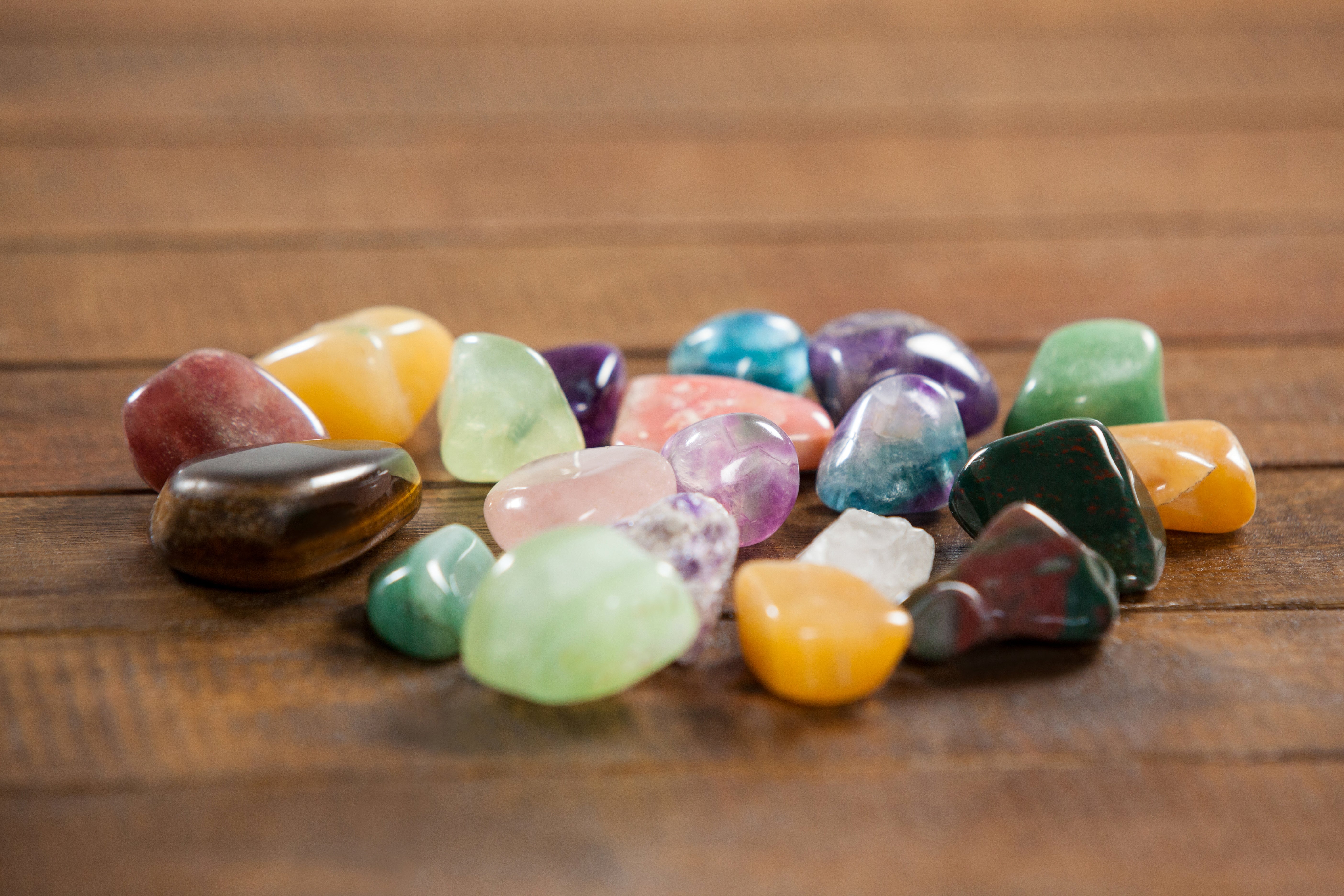When it comes to buying gemstones, especially in a market like Jaipur, known globally for its gem trade, one of the most important distinctions to understand is between treated and untreated gemstones. While both can be beautiful, their value, origin, and long-term quality can differ significantly.
Whether you're a first-time buyer or a seasoned collector, understanding this difference can help you make a more informed, trustworthy purchase.
What Are Treated Gemstones?
Treated gemstones are natural stones that have undergone various artificial enhancements to improve their color, clarity, or durability. These treatments are quite common in the gemstone industry and can range from heat treatments to chemical infusions.
Common Treatments Include:
-
Heat Treatment: Enhances color and clarity (common in sapphires and rubies).
-
Fracture Filling: Filling internal cracks with substances like glass or resin.
-
Dyeing: Adding color to pale stones (frequent in agate or turquoise).
-
Oiling: Used in emeralds to fill surface-reaching cracks and improve clarity.
-
Irradiation: Alters color through exposure to radiation (used in topaz and diamonds).
These stones are still real and often more affordable, but their value is lower compared to untreated stones of similar appearance.
What Are Untreated Gemstones?
Untreated gemstones are completely natural and have not been altered or enhanced in any way after being mined. They are considered rarer, more valuable, and often more desirable to collectors and purists.
In high-value stones like emeralds, rubies, and sapphires, untreated variants with good clarity and color are incredibly rare and fetch a premium price in the market.
Key Characteristics of Untreated Stones:
-
Naturally formed beauty
-
No artificial enhancements
-
Higher market value and resale potential
-
Scarce availability, especially in large sizes
How to Tell the Difference
Distinguishing treated from untreated gemstones isn't always easy with the naked eye. That's why certification is crucial.
Here’s how you can verify:
-
Ask for a lab certificate from a trusted source like GIA, IGI, or GRS.
-
Buy from reputable dealers such as Emerald House Jaipur, known for transparency and top-grade certified emeralds.
-
Ask direct questions: "Is this stone treated or untreated?" A trustworthy jeweler will not hesitate to answer honestly.
-
Check for visible signs: Fracture-filled stones may show bubbles or color inconsistencies.
Why This Difference Matters for Buyers
-
Price: Treated stones are more affordable, but may not hold long-term value.
-
Resale: Untreated stones often perform better in auctions or resale markets.
-
Purpose: For investment or heirloom purposes, untreated stones are typically preferred.
-
Transparency: Buying untreated gems from ethical brands builds long-term trust.
Where to Find Untreated Gemstones in Jaipur
If you're looking for natural, untreated emeralds, one of the most trusted names in the city is Emerald House Jaipur. Renowned for their strict quality control, global certifications, and ethical sourcing, they offer a curated collection of gemstones with complete transparency.
Conclusion
Understanding the difference between treated and untreated gemstones empowers you to make smarter, more valuable purchases, especially in a gemstone-rich city like Jaipur. Whether you choose a treated stone for its beauty and budget-friendliness, or an untreated gem for its rarity and prestige, the key is knowing exactly what you’re buying.
When in doubt, always trust certified experts and brands like Emerald House Jaipur that prioritize quality and honesty above all.

